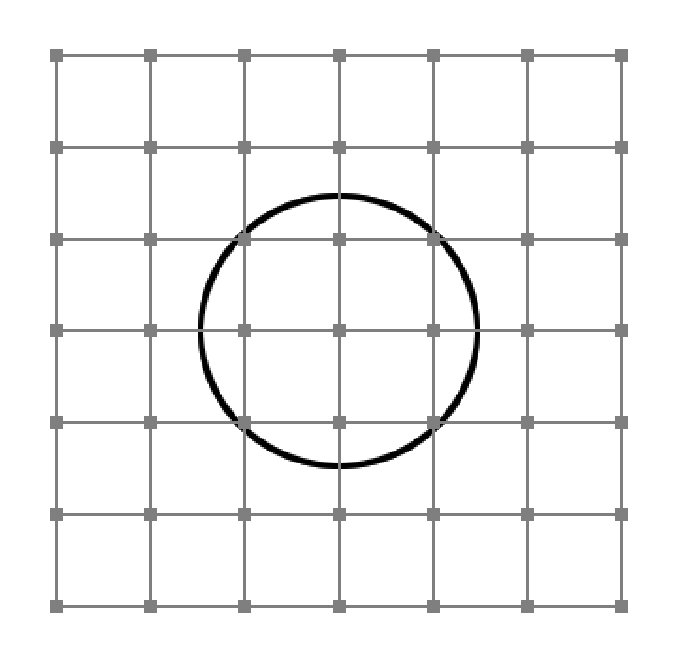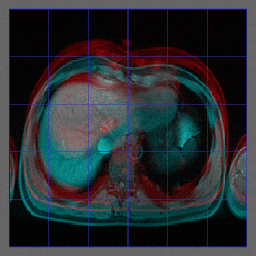DaGPUAcceleratedDefReg
| Deformable registration is one of the most challenging problems in medical imaging. The problem consists of recovering a local transformation that aligns two images that have a non-linear relationship which is often unknown. A recent presented method formulating the deformable registration in terms of solving a discrete labeling in a Markov Random Field formulation has shown to be very efficient. The main advantage of this method is the fast computation of the similarity measure in the image domain. The computation scheme approximates the local similarity of a potential deformation by weighted global translations of the image to be registered. Such a method is highly parallelizable. Over the recent years GPUs (Graphic Processing Unit) have evolve into highly parallel streaming processor, idealy suited for image processing tasks. Within this project, a GPU implementation (either CUDA or OpenGL/GSLSL) of the proposed scheme shall be realized, greatly reducing the computation time. Various similarity measures shall be implemented and an extensive evaluation on synthethic and real medical data shall be performed. |
 
|
| ProjectForm | |
|---|---|
| Title: | GPU Accelerated Deformable Registration |
| Abstract: | Deformable registration is one of the most challenging problems in medical imaging. The problem consists of recovering a local transformation that aligns two images that have a non-linear relationship which is often unknown. A recent presented method formulating the deformable registration in terms of solving a discrete labeling in a Markov Random Field formulation has shown to be very efficient. The main advantage of this method is the fast computation of the similarity measure in the image domain. The computation scheme approximates the local similarity of a potential deformation by weighted global translations of the image to be registered. Such a method is highly parallelizable. Within this project, the proposed scheme should be ported to a GPU implementation to reduce the computational time. Various similarity measures should be implemented on GPU and an extensive evaluation on synthethic and real medical data should be performed. |
| Student: | Philipp Stefan |
| Director: | NassirNavab |
| Supervisor: | BenGlocker OliverKutter |
| Type: | DA/MA/BA |
| Area: | Registration / Visualization |
| Status: | finished |
| Start: | 2009/12/15 |
| Finish: | 2009/08/15 |
| Thesis (optional): | |
| Picture: | |